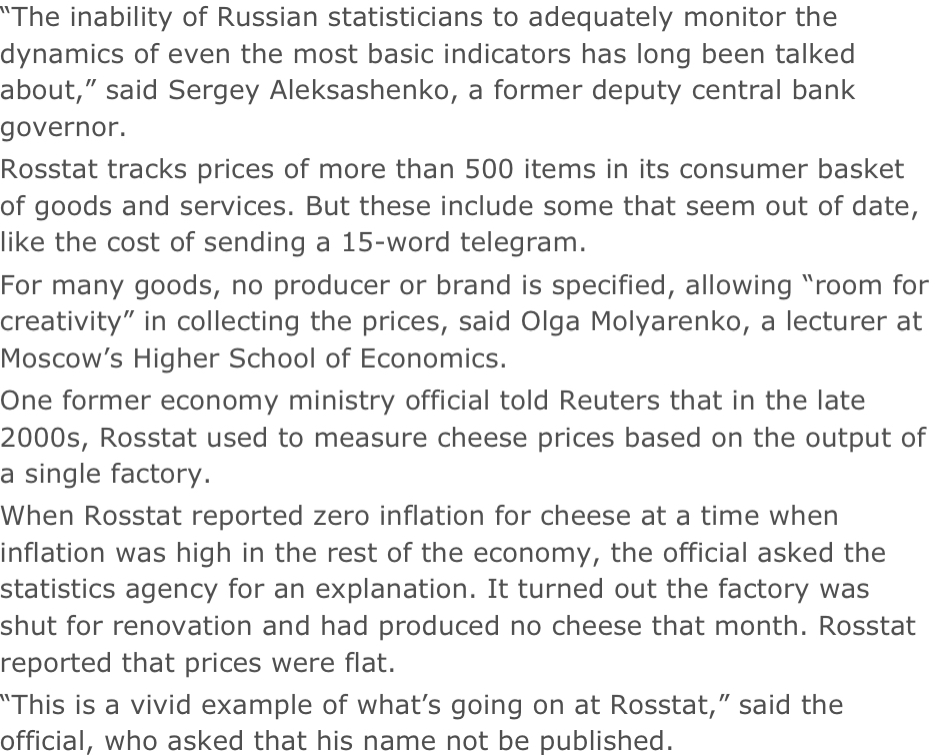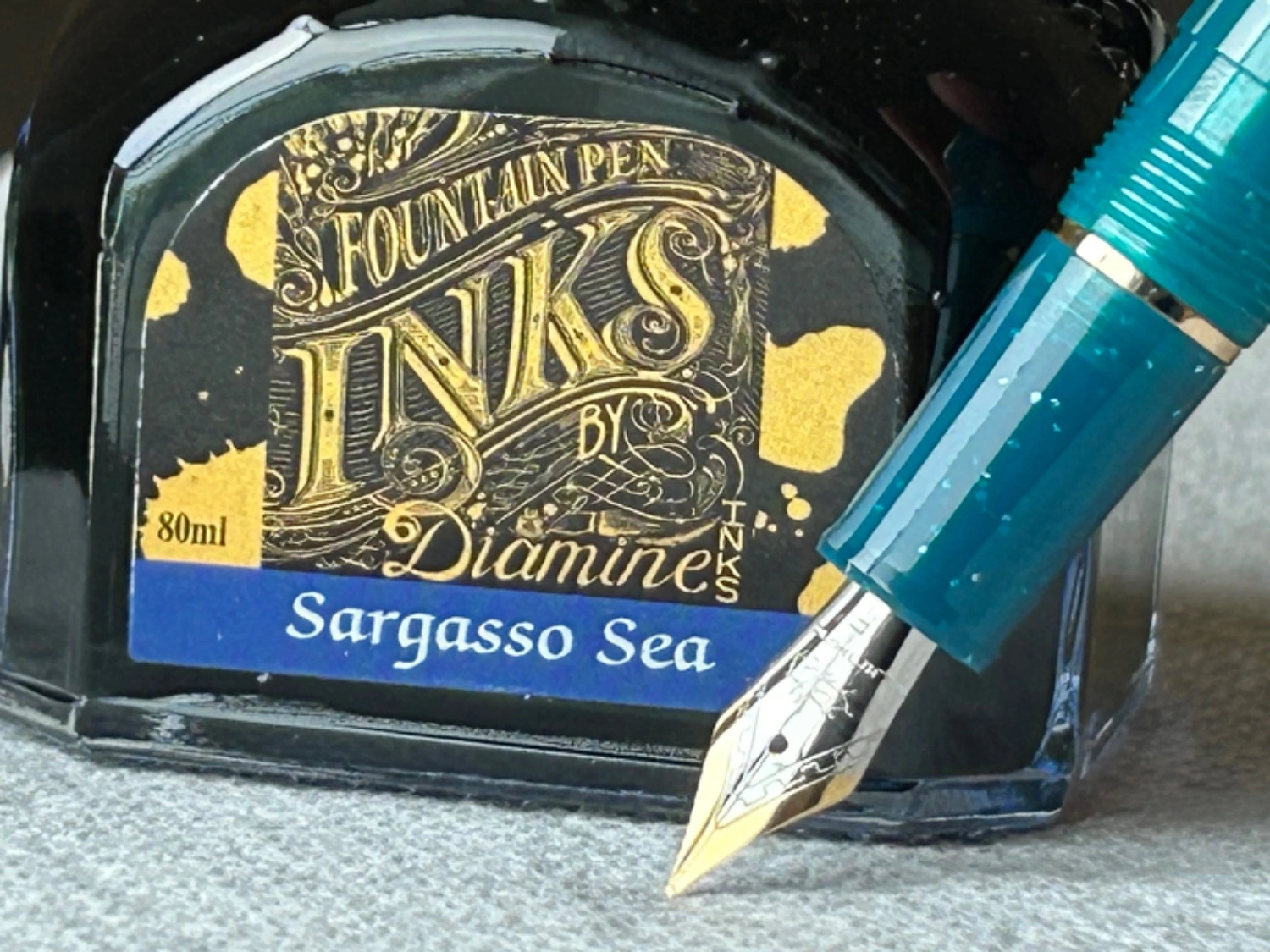Michael Kofman and Rob Lee released another episode of the Russian Contingency. This episode serves to broaden the focus away from the Zaporizhia offensive, focusing on sustainment, other fronts of the war, and some attempts to predict future developments. While I cannot share a publicly accessible version of this podcast, I have summarized some of the key takeaways below:
There is always a focus on large, high-tech items for equipping units of the formal Ukrainian army. But what Ukrainians need are low-tech, basic armored vehicles like the M113 for back-line roles. Similarly, units like the TDF and National Guard are often underequipped despite holding the front line against Russian armor just like regular army units. Quantity is very important for resolving both of these issues.
There are no wunderwaffen. Conflicts come down to force employment, force qualities, and force enablers--these are the sources of Ukrainian challenges so far.
Ukraine has had more success around Bakhmut, despite the presence of higher-quality Russian units there. Kofman mentions in particular the 31st Air Assault Brigade, which has apparently been pulled off the front lines. However, there are a large variety of Russian units in the area.
Bakhmut is like a punch bowl surrounded by high ground. Russia continues to hold some of this high ground, but Ukrainian advances have imperiled those. Russian entrenchments here are less elaborate than those in the south. Highly motivated and coordinated veteran units are the backbone of Ukraine's assault here.
Russian military's problems in the area began when they took Bakhmut. Wagner bore the brunt of the fighting to conquer the city, but Bakhmut is exceedingly difficult to defend as well. The reason it took Russia so long to do it was because of its failure to encircle the city with dismounted infantry(Kofman makes a direct comparison here between Russia's struggles in Vuhledar and Bakhmut and Ukraine's struggles in Zaporizhia). Russia is struggling to hold a defensively unfavorable location and losing higher-quality troops in the process.
Bakhmut was not a trap for Russian forces. Rather, this counteroffensive is simultaneously a fixing action and a manifestation of political objectives. In the process, however, Ukraine is attriting Russian airborne units, which have been seen as Moscow's strategic reserve in this conflict. Almost all of the naval infantry is on the southern front, and almost all of the airborne infantry/VDV are on the eastern front.
Attrition rate is overall favorable for Ukraine(interesting comparison to yesterday's episode, where Rob mentioned that Ukraine was likely taking heavier losses than Russia was in the south). However, Russia has a lot of artillery fires, and these fires are being concentrated on Ukrainian advances. The key issue is generating and sustaining momentum while taking attrition.
Wagner mutiny further increases political importance of Bakhmut. Wagner and supporters would be empowered by further Ukrainian advances in the area.
Ukrainians may need to commit further resources in order to continue advancing. Both sides may end up too attrited to continue further offensive operations in the area.
Steady pace of dismissals of Russian commanders may be relevant as Russia increasingly begins to look towards a rotation. Rotation of units could substantially affect their ability to defend as units are replaced with less experienced, mobilized personnel who may be less familiar with the terrain. In addition, some units from the south will likely have to be diverted to Bakhmut. However, the south will continue to be heavily defended. Ukraine's strategy of advancing on three fronts creates pressure, forces Russia to make choices, and eventually may lead to a breakthrough. Taking Bakhmut itself does not lead to much.
Dealing with attrition and recovering force quality are key battlefield enablers. Key aspect of this is making the choice to attrite or preserve units in the first place, as with Ukraines original choice to defend Bakhmut. One argument one could make is that this denied Ukraine the ability to take veterans from those brigades and deploy them in the south. The moment Russia took Bakhmut, however, the balance shifted, and now Bakhmut is an opportunity for Ukraine to inflict attrition on Russian units. Territorial movements may be modest but offensive may succeed in sapping Russian capabilities for offensive action in the future.
In the South, mix of units, including Storm Z, mobilized, naval infantry, Spesnatz, etc. Attrition to some of these groups is more sustainable than others. Hard to assess who is taking attrition from OSINT. Ukraine has an advantage in tube artillery, Russia has an advantage in rocket artillery. Russian advances may be stymied by lack of artillery overmatch.
Ukraine has enough artillery shells for this offensive--but what about after. US and EU have not scaled up ammunition production sufficiently to match Ukraine's monthly use rate. Ukrainian has been supplied from stockpiles, but that is not an infinite resource. Artillery ammunition supplies may be the most important facet of this war for both sides.
Russian fires will also be restricted as their stockpiles run out. Kofman makes a "wild" guess at Russia being able to produce about a million artillery shells of their most common caliber per year. This will dramatically constrict their rates of fires. Ukrainian fires cannot come from quantity, they have to make up the difference in quality.
Ukrainian infantry are pound-for-pound better than Russian infantry up to the company level. As long as they have the supplies, they will outperform expectations. That hasn't been the case in the past five weeks of the offensive. Russia is fighting more competently than before.
Pressure to negotiate comes up against the questions of with who and what. Russia has shown no signs that they are willing to negotiate. Russia is unlikely to give up any of the territory it has formally annexed, and Ukraine has no reason to consider accepting that. A premature peace may just be an interlude until a second war breaks out. Battlefield developments have not led either side to feel like they need to make concessions. This is already a long war, and it's likely to go on, even after the decisive phase of war has passed.
Military sustainment and Western will are critical. Ukrainians will take any vehicles at all. Even Toyota Hiluxes will do, but extra protection is in particularly short supply. Much of this is out of Ukraine's control. Every time Ukraine has had to retreat, it has been because of Russian fires dominance. As long Ukraine has supplies of artillery shells, further Russian advances will remain unlikely.
DPICMs have risks, but they are particularly good for disrupting Russian armor concentrations.
Be careful of anecdotal evidence. Mobilization has resulted in a flurry of embarrassing stories for Russia--video appeals, mass shootings, etc. But mobilization also saved Russia's position in this war and allowed them to hold their lines. Without it, they may have lost by now. Hopes that Russian forces would collapse despite all the negative reports. Despite horrific anecdotes about mobilization, minimal domestic pressure to end the war. Domestic upheaval is possible and would have major impacts on the war.
NATO/US must take a longer view of things. War will likely go on for 1 or more years. May be good to pull veterans off the front lines and send them abroad for better training.
Shoigu and Gerasimov have not done particularly well and do not command much respect in the Russian military. One of the side effects of the mutiny is that Putin cares more about loyalty than before. Seliverstov was removed despite his competence, possibly because he worked closely with Wagner, and therefore his loyalty was under dispute. Russia has generally moved to more competent commanders through this war, but the coup attempt threatens to reverse that trend. Surovikin is arguably responsible for Russian success--if he had not been in charge, its possible Russia would have fared far worse. Now his position is in jeopardy. Loss of competence in favor of loyalty is a long-term factor for Russia.
This offensive has not failed. Ukrainian military has a theory of success and will fight it the way they know best from this point forward. It will stretch out through and beyond the summer. To the extent that the West can sustain and provide the support they need, it will have real impacts.
More episodes coming soon with other members of the team that traveled to Zaporizhia.


TLDR a google exec said that his company’s product is so good they don’t have to worry about people wanting to buy it.
I don’t think there’s a judge or jury on the planet who would seriously buy that a search engine is as addictive as actual drugs, or that someone making a hyperbolic statement to that effect is an indication of genuine belief. Sure hope the DOJ has more aces up their sleeve cause the limited amount that has made it out seems like a fairly pathetic showing.